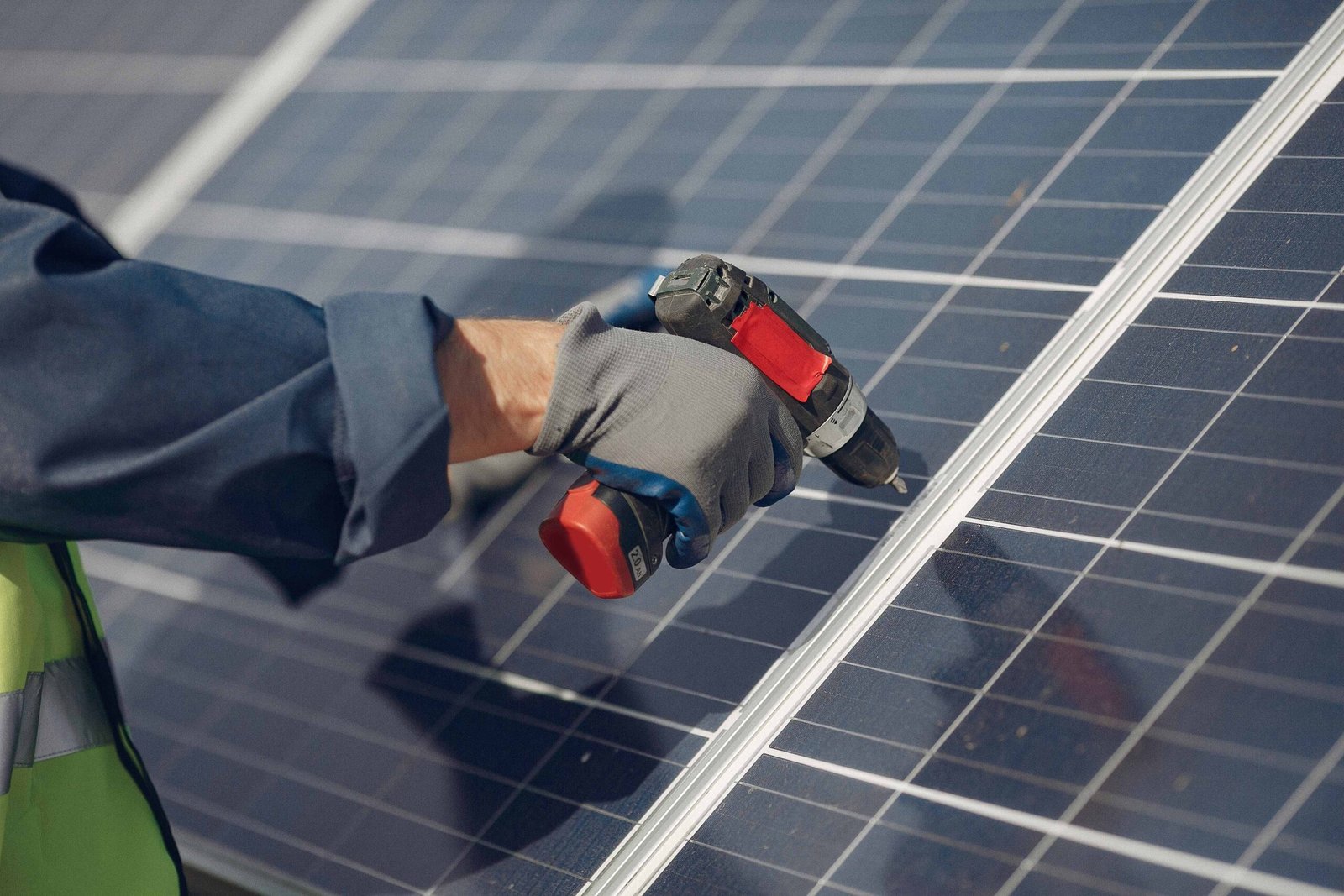Over the past decade, solar energy has gone from a niche, expensive option to one of the fastest-growing sources of clean electricity worldwide. In California especially, homeowners and businesses are increasingly turning to solar to reduce their energy bills, gain energy independence, and contribute to a cleaner planet. But how has solar energy changed since 2015—and what should you know before making the switch?
In this article, CalPacific Power, your local solar and electrical expert, explores the advantages and disadvantages of solar power in 2025, with a look back at how far the technology has come in 10 years.
Pros of Solar Energy in 2025
1. Significantly Lower Costs
In 2015, installing a residential solar system could cost $20,000–$30,000 before incentives. Fast forward to 2025, and thanks to technological advances and global demand, prices have dropped by more than 60%. Today, a typical system is much more affordable—and paired with generous incentives like the 30% Federal Solar Tax Credit, solar is now within reach for more homeowners than ever.
CalPacific Power offers competitive pricing and expert installation, making the transition to solar both simple and budget-friendly.
2. Higher Efficiency Than Ever
Solar panel efficiency has greatly improved. In 2015, most panels had efficiency ratings of 15%–18%. Today, many residential panels operate at 20%–23%, meaning more power from fewer panels—and better performance on cloudy days.
CalPacific Power only installs high-efficiency systems from trusted brands like Tesla, Enphase, and SolarEdge, maximizing your system’s output and reliability.
3. Reliable Battery Storage
One of the biggest challenges in 2015 was storing solar energy. Batteries were expensive and had limited capacity. In 2025, battery storage systems like the Tesla Powerwall 3 have made home energy storage more practical and powerful.
This means homeowners can store excess solar energy during the day and use it at night or during power outages—offering true energy independence.
4. Environmental Benefits
Solar energy has always been environmentally friendly, but the impact is even greater today. Solar power produces zero emissions during operation and now has a smaller carbon footprint across its manufacturing lifecycle due to improved materials and recycling programs.
By going solar with CalPacific Power, you’re reducing your carbon footprint, contributing to cleaner air, and supporting California’s renewable energy goals.
5. Boosts Property Value
Homes with solar systems are more attractive to buyers and often sell faster. According to multiple real estate studies, homes with solar can increase in value by 4%–10%.
Installing solar today is not only good for your energy bill—it’s an investment in your property’s future.
Cons of Solar Energy
1. Upfront Investment
Even with lower prices and incentives, the initial cost of solar (typically $12,000–$18,000 for a complete system) can be a hurdle. However, financing options, solar loans, and lease programs help make it more manageable.
At CalPacific Power, we guide you through your options to ensure the most cost-effective path to solar ownership.
2. Dependence on Sunlight
Solar systems perform best in direct sunlight. Shaded roofs, rainy weather, or seasonal changes can reduce performance. Battery storage can offset this, but cloudy locations may need grid backup or supplemental energy sources.
Our experts at CalPacific Power will evaluate your roof and provide honest recommendations about system sizing and placement.
3. Space Requirements
To generate sufficient power, solar panels require adequate roof space. Small rooftops or unusual angles may limit energy production. In 2015, this was a major issue. Today, with more efficient panels, we can generate more power using less space.
We also offer ground-mounted solar solutions for properties with limited rooftop availability.
4. Maintenance and Panel Lifespan
Solar panels typically last 25–30 years. While maintenance is minimal, occasional cleaning and system checks are needed. Inverter replacement (around year 10–15) is a common mid-life expense.
CalPacific Power offers monitoring tools, maintenance plans, and product warranties to protect your investment long-term.
5. Recycling and Environmental Concerns
One concern emerging in 2025 is panel recycling and end-of-life disposal. While progress is being made in recycling solar materials, the infrastructure isn’t fully developed yet.
Choosing certified, recyclable systems—like those offered by CalPacific—helps reduce long-term waste and supports sustainability.
A Decade of Progress: 2015 vs. 2025
| Feature | 2015 | 2025 |
|---|---|---|
| Average Cost/Watt | $3.50+ | $1.30–$2.00 |
| Efficiency | 15–18% | 20–23% |
| Battery Storage | Expensive, Rare | Affordable, Standard |
| Payback Period | 10–15 years | 6–8 years |
| Grid Support | Limited | Net Metering, Smart Inverters |
| Carbon Impact | Moderate | Much Lower |
Why Choose CalPacific Power?
Operating across Livermore, San Jose, Bay Area, and Northern California, CalPacific Power is a leader in:
- Residential & Commercial Solar Installations
- Tesla Powerwall 3 Battery Integration
- EV Charging Station Setup
- Main Panel Upgrades
- Full Electrical Wiring Services
With transparent pricing, expert installation, and top-tier equipment, we help you make the switch to solar with confidence.
Ready to Go Solar?
Whether you’re ready to install or still have questions, CalPacific Power is here to help. Contact us today for a free quote and personalized solar consultation.
👉 Visit www.calpacificpower.com or call us to learn more.

